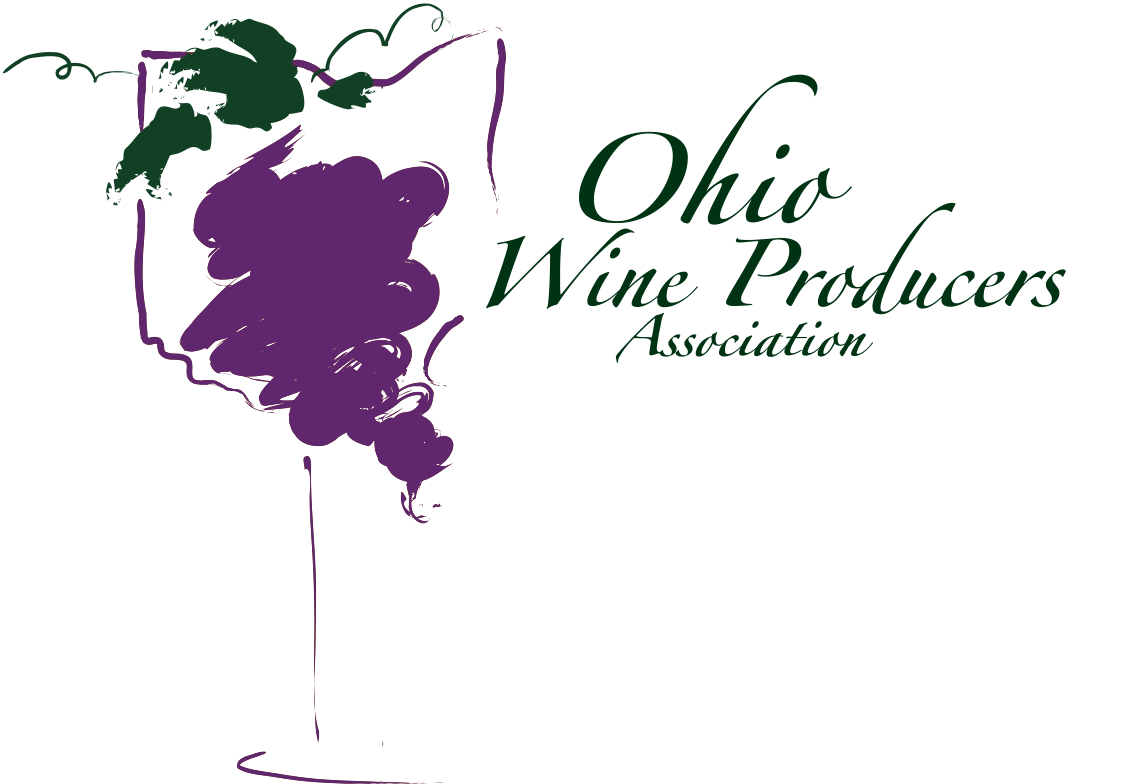Screw Caps and "Cork" Closures, Real and Otherwise
Screw caps and “cork” closures, real and otherwise
A couple of decades ago, a wine with a screw cap was often regarded as “plonk” as the closures were used only for the cheapest, often worst quality wines on the market. Then in the 1990’s the Australians introduced some of their premium wines with the screw cap closures. For a short while, the “purists” were aghast – but in the past couple of decades many wines of exceptional quality [and sometimes in the expensive aisle at the store] are using screwcaps.
Why are they now nearly universally acceptable for nearly all wines that would not require years of aging in wine cellars? One answer is something called “cork taint.”
Corks have been recognized for many years as a potential problem in the industry. After a grower provides great fruit and the vintner skillfully finishes the wine, a bad cork will ruin the final product before it is served.
Natural corks have been used for 2000 or more years. Nearly all come from trees grown in Portugal. The bark is first harvested after the trees have grown for about 45 years. It is then stripped again in approximately 9-year intervals. After being laid out to dry, the bark is dipped in sanitizing solutions to get rid of nature’s contaminants, rinsed thoroughly, and dried again before the corks are punched out and bagged for shipment. Throughout the process, if every step is not meticulously carried out, there is considerable room for undesired containments to remain. Estimates of the number of corks that contain impurities run from less than 1% to 2% or more. When a 25,000-gallon winery sells 125,000 bottles of wine, it becomes obvious that taint issues might well exist when some of the wines hit the shelves. If you produce a million gallons…..the number can be staggering.
On the other side of the coin, many wine experts believe that the cork allows the slow transpiration of oxygen when highly tannic wines need lots of bottle aging before release and thus is a critical component of the making of long-lived, great, and complex wines. There are also some consumer concerns which are outlined below.
To address the taint issue, several international manufacturers have turned to science and the creation of synthetic “corks” to address the issue. In all cases, these are “cork” shaped and can be extracted with a corkscrew. Those wineries that have adopted the synthetics seem enthusiastic. They share that there are fewer “leakers,” they do not crumble and break, and go in and out easily, even for a person inexperienced with a corkscrew. In many cases, they are less expensive than a similar natural cork. Some winemakers believe they better protect the wines [especially those that do not benefit significantly from bottle aging] against sometimes damaging oxygenation.
The primary drawback of synthetics is that some consumers, especially in the aforementioned “connoisseur class,”’ demand the tradition of natural cork. And although screw caps perform effectively, the cost of equipment…along with even more intense consumer resistance from those purists, portend that for the foreseeable future, corks will remain the primary closure of choice for most wine consumers, especially for those who love tradition and who value the ‘romance’ aspects of wine appreciation. Finally, the many small, family operations whose production levels are small cannot not justify the investment in screw cap bottling equipment.
For additional information: dwinchell@OhioWines.org
